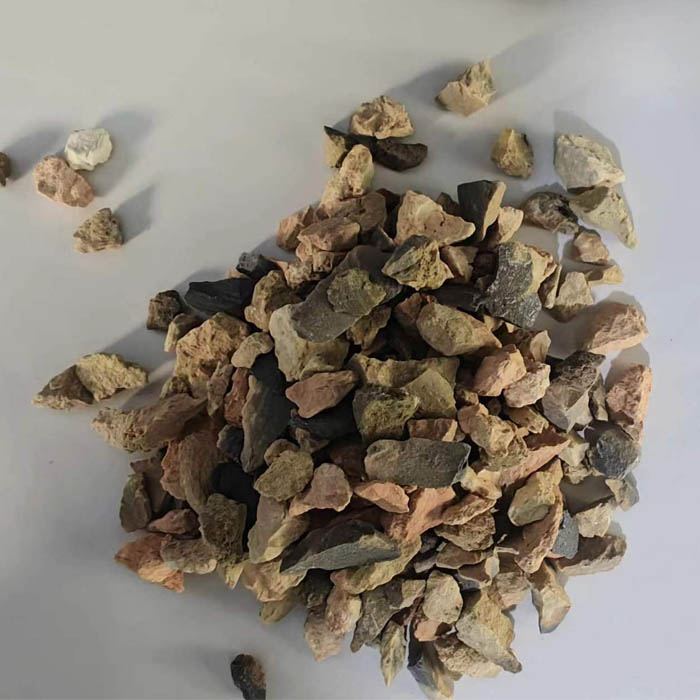Sep . 28, 2024 10:35 Back to list
cold heading steel
Understanding Cold Heading Steel
Cold heading steel is a specialized type of steel designed for the cold heading process, which is a manufacturing technique used to produce metal parts efficiently and effectively. The process involves deforming the material at room temperature, allowing for high production rates and superior mechanical properties in the finished products.
One of the key advantages of cold heading steel is its ability to maintain strength and hardness while being reshaped. During the cold heading process, the steel is subjected to high levels of pressure, causing the metal to flow and adapt to the desired shape without any significant heating. This not only preserves the residual microstructure of the steel but also enhances its mechanical properties, resulting in components that are strong, durable, and resistant to wear.
Cold heading steel is widely used in various industries, including automotive, aerospace, and construction. Common applications include fasteners such as bolts, nuts, and screws, which are often produced using cold heading techniques due to their intricate shapes and stringent performance requirements. The precision and reliability offered by cold heading steel make it an ideal choice for parts that must perform under tight tolerances and rigorous conditions.
cold heading steel

In terms of composition, cold heading steels typically contain a mix of carbon, manganese, and other alloying elements to achieve specific characteristics. Low carbon steels are often used for applications requiring good formability, while higher carbon steels may be chosen for applications demanding increased strength and hardness. The selection of the right type of cold heading steel is essential for the performance of the final product.
Furthermore, the cold heading process itself can significantly reduce material waste. Since the method relies on forming the steel rather than cutting it, manufacturers can achieve higher yields from their raw materials. This not only reduces costs but also minimizes the environmental impact associated with production, making cold heading steel a more sustainable option in manufacturing.
In conclusion, cold heading steel plays a critical role in modern manufacturing by combining strength, efficiency, and eco-friendliness. It enables the production of high-quality components that meet the demands of various industries, while also promoting sustainable practices. As technology advances, the applications and innovations surrounding cold heading steel are likely to expand, ensuring its relevance and importance in the world of industrial manufacturing.
-
SWRCH35K High-Quality Steel Wire Rods - Reliable Manufacturer & Supplier
NewsJun.24,2025
-
High-Quality Fe-C Alloy Leading Manufacturers & Spherical Alloy Materials Supplier
NewsJun.10,2025
-
Premium Low Nitrogen Recarburiser Supplier & Manufacturer – High Quality Exporters
NewsJun.10,2025
-
DT4 High-Quality Magnetic Materials Leading DT4 Manufacturer & Supplier
NewsJun.10,2025
-
High-Performance Spring Steel Suppliers Custom Solutions
NewsJun.10,2025
-
Premium SWRCH6A Manufacturer Steel Wire Supplier & Factory
NewsJun.10,2025
